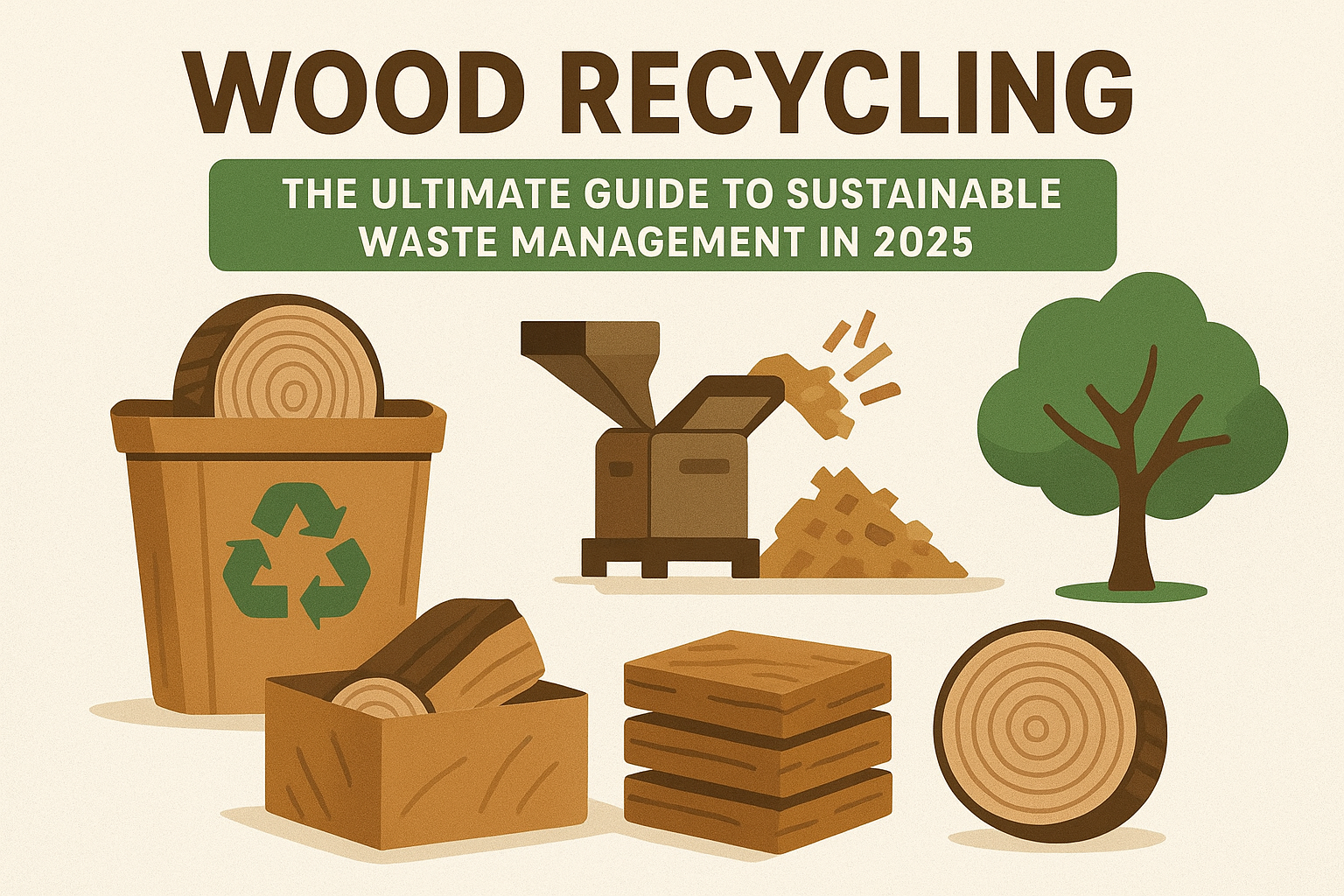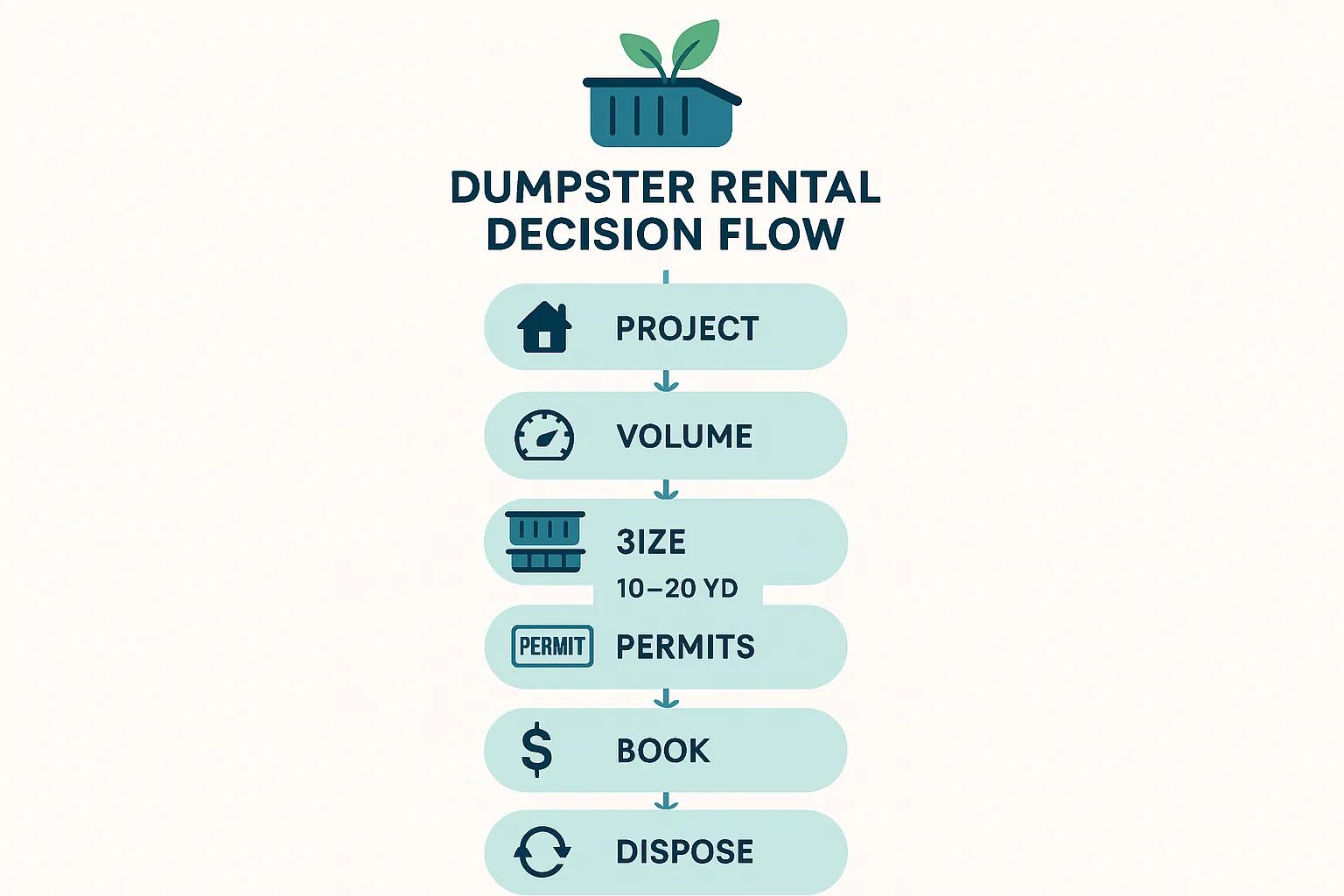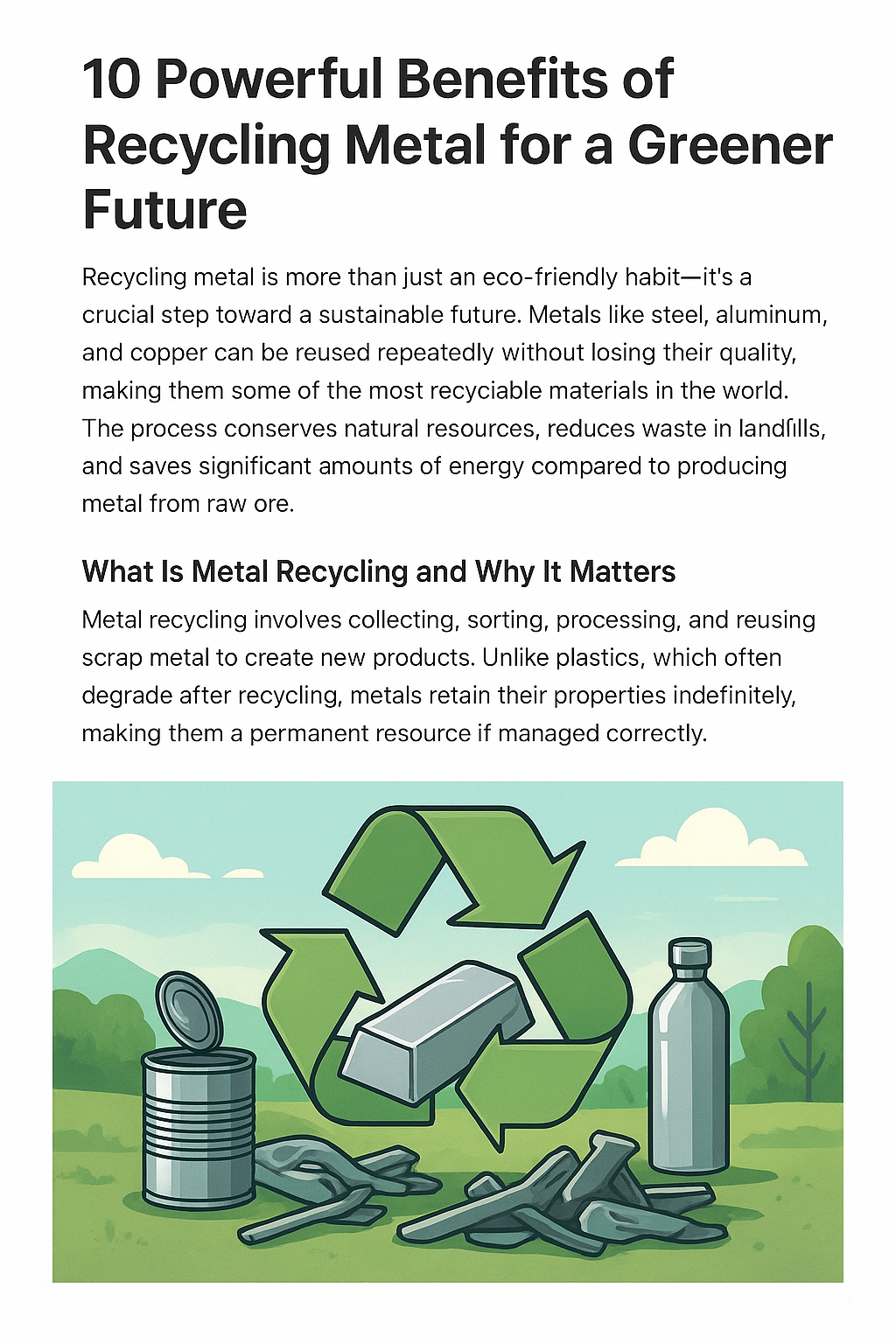
Introduction to Wood Recycling
As the world faces growing environmental challenges, the need for sustainable waste management has never been greater. Among the many recyclable materials, wood recycling is emerging as a powerful way to reduce landfill waste, save natural resources, and create eco-friendly products. From construction sites to households, millions of tons of wood are discarded every year—but much of it can be recycled into something new and valuable.
In this guide, we’ll explore the types of wood waste, the recycling process, and the many benefits wood recycling brings to our planet and communities.
What Is Wood Recycling?
Wood recycling is the process of collecting, processing, and reusing discarded wood materials. Instead of letting old furniture, pallets, or construction debris end up in landfills, wood can be shredded, repurposed, or turned into energy.
It’s part of the larger circular economy, where waste is transformed into resources instead of being discarded. This sustainable practice reduces deforestation, saves money, and cuts carbon emissions.
The Growing Importance of Wood Recycling
-
The global construction industry generates millions of tons of wood waste every year.
-
Landfills are overflowing, and untreated wood takes years to decompose.
-
Recycling wood conserves forests, reduces demand for virgin timber, and promotes green jobs.
As climate change becomes a pressing issue, wood recycling is no longer optional—it’s essential.
Types of Wood Waste
Not all wood is the same when it comes to recycling. Understanding the categories helps ensure proper processing.
Untreated Wood
Natural, raw wood such as tree branches, lumber cuttings, and pallets. This type is the easiest to recycle and often turned into mulch, compost, or biofuel.
Treated and Painted Wood
Wood that has been chemically treated, stained, or painted. This type requires extra processing to remove contaminants before recycling.
Engineered and Composite Wood
Includes particleboard, MDF (Medium-Density Fiberboard), and plywood. These contain adhesives and chemicals, making them harder to recycle but still useful in some applications.
The Wood Recycling Process
Recycling wood involves several steps that transform waste into usable products:
Collection and Sorting
Wood is collected from construction sites, homes, and businesses. It is sorted into categories like untreated, treated, and engineered.
Shredding and Processing
Large machines grind the wood into chips or fibers. Contaminants such as nails, screws, or paint are removed.
End Products of Recycled Wood
-
Mulch & Compost – for landscaping and gardening.
-
Animal Bedding – safe and absorbent material.
-
Biomass Fuel – renewable energy source.
-
Recycled Wood Products – furniture, flooring, or particleboard.
Benefits of Wood Recycling
Environmental Benefits
-
Reduces landfill waste.
-
Conserves forests by lowering demand for virgin timber.
-
Decreases greenhouse gas emissions.
Economic Benefits
-
Creates jobs in recycling industries.
-
Reduces disposal costs for businesses.
-
Provides affordable materials for manufacturers.
Social and Community Benefits
-
Encourages eco-friendly lifestyles.
-
Supports local recycling centers.
-
Promotes awareness of sustainable practices.
Challenges in Wood Recycling
While the benefits are immense, some barriers still exist:
Contamination Issues
Paint, chemicals, and adhesives often make recycling harder.
Technological Limitations
Not all recycling facilities have the advanced equipment needed.
Lack of Public Awareness
Many people still throw away recyclable wood because they don’t know better options exist.
Innovative Uses of Recycled Wood
The creativity in reusing recycled wood is endless.
Furniture and Home Décor
Rustic tables, shelves, and artistic décor pieces made from reclaimed wood.
Biomass Energy
Wood chips and pellets serve as renewable energy for heating and electricity.
Construction Materials
Recycled wood is used in flooring, particleboard, and insulation materials.
Global Wood Recycling Trends
Europe’s Leadership in Wood Recycling
European countries have strict recycling laws and advanced technologies, making them global leaders.
North America’s Expanding Market
The U.S. and Canada are rapidly adopting wood recycling, especially in construction.
Emerging Economies and Future Potential
Countries in Asia and Africa are starting to explore wood recycling as part of green growth strategies.
How Businesses Can Benefit from Wood Recycling
-
Cost Savings: Reduces disposal and landfill fees.
-
Sustainability Goals: Helps companies meet environmental commitments.
-
Green Branding: Enhances reputation with eco-conscious customers.
Wood Recycling at Home
Even individuals can make a difference:
DIY Recycling Ideas
-
Turn old pallets into garden furniture.
-
Use scrap wood for crafts and small projects.
Where to Recycle Wood Near You
Many cities have drop-off points or specialized wood recycling centers. Search local directories or check municipal websites.
Future of Wood Recycling
Innovations in Recycling Technology
AI-powered sorting systems and chemical treatments are making recycling more efficient.
Policy and Regulation Shifts
Governments worldwide are pushing for stricter waste management laws, making wood recycling more mainstream.
FAQs on Wood Recycling
Q1: Can painted wood be recycled?
Yes, but it requires special processing to remove chemicals and contaminants.
Q2: Is burning wood the same as recycling it?
No. Burning untreated wood for energy is considered biomass energy, but recycling involves creating new products.
Q3: How much wood waste is generated annually?
Globally, millions of tons are discarded, with construction and demolition accounting for the majority.
Q4: Can MDF or plywood be recycled?
Yes, but they are harder to recycle due to adhesives and resins.
Q5: Is wood recycling profitable?
Yes. Businesses save on landfill fees, and recycled wood products are in high demand.
Q6: How can I start recycling wood at home?
Locate a nearby recycling center, repurpose scrap wood for DIY projects, or donate reusable wood.
Conclusion: Why Wood Recycling Matters More Than Ever
Wood recycling is more than just waste management—it’s a vital part of building a sustainable future. By conserving resources, reducing landfill waste, and creating eco-friendly products, wood recycling supports a healthier planet and stronger communities.
Whether you’re a homeowner, a business, or part of a government body, embracing wood recycling today ensures a greener tomorrow.
👉 Want to take the next step? Explore local recycling centers and start repurposing wood waste today!



